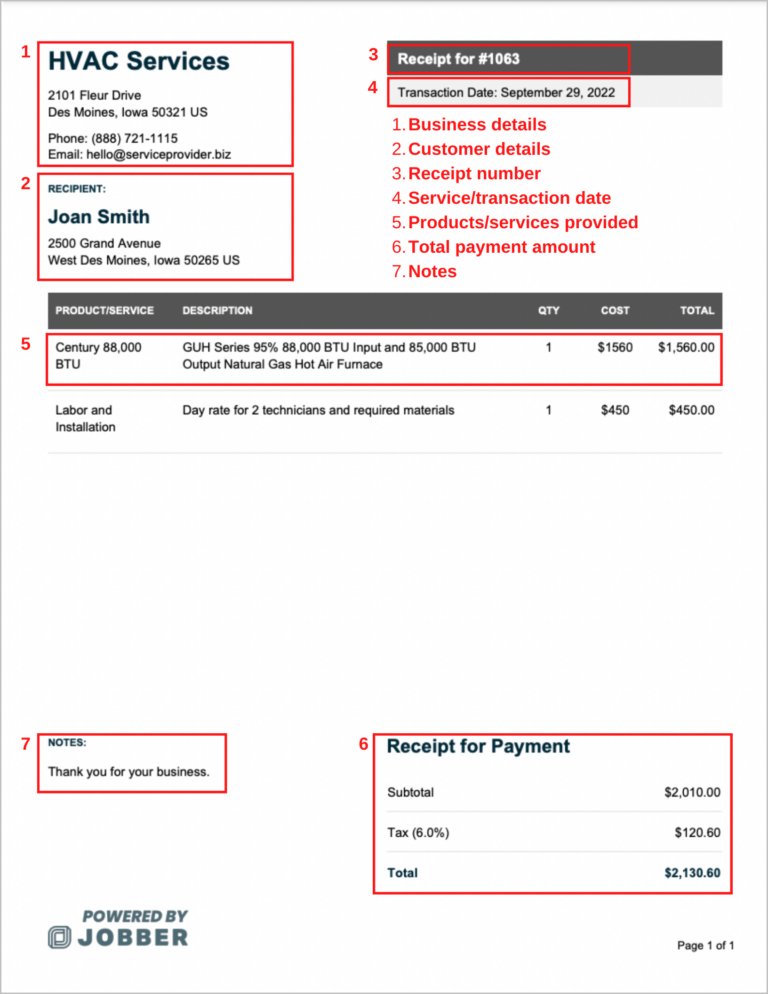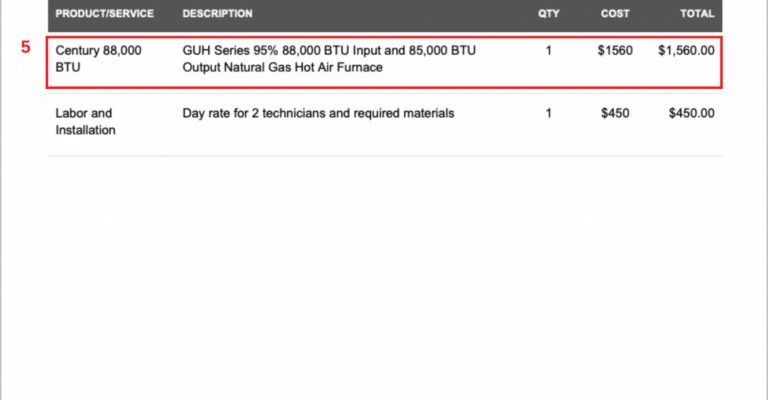
Here’s the thing: registering your Carrier HVAC system isn’t just a formality you can ignore. It’s your golden ticket to full warranty coverage and support down the road. But do you really need the actual receipt to pull it off? Or is there some wiggle room for folks who aren’t exactly world-class at filing paperwork? Let’s unravel this in plain English, with zero jargon and all the “wait, what does that mean?” questions answered.
Why Register Your Carrier HVAC System At All?
Let me explain—registering your HVAC isn’t just something manufacturers dreamt up to annoy you. It’s actually a pretty smart move for a few reasons. For starters, Carrier often offers *extended warranty coverage* for owners who take the time to register their product within a set window—usually 90 days after installation. That means, instead of a basic, shorter warranty, you could be looking at a decade of peace of mind. That’s a big deal when you consider the price tag and importance of reliable heating and cooling.
There’s also the customer service side of things. If you ever need to troubleshoot an issue, sync your thermostat, or reset your system after a power surge, having your Carrier HVAC registered makes those calls to support way smoother. They’ll usually have your information on hand, so you spend less time digging for codes or serial numbers.
And even if you’re not the “register everything” type, think about when you might move. A registered HVAC system can make your home more attractive to buyers. People like knowing their investment is protected, and that support isn’t going to disappear like yesterday’s remote batteries.
Do You Actually Need a Receipt to Register Your Carrier HVAC?
So, let’s get right to the big question: *do you need that receipt?* Here’s the honest answer—usually, you don’t **have** to have the physical receipt in hand to register your Carrier HVAC system online. The standard registration form on Carrier’s website asks for details like the product’s serial number, model, date of installation, and sometimes the installing dealer’s information. It’s designed to be straightforward, even if you aren’t a paperwork pro.
Now, where the *receipt* comes in handy is in these situations:
- Proof of Installation Date: If you ever need to make a warranty claim, Carrier may ask for proof of when the system was installed. Your receipt or installation paperwork is usually the easiest way to provide that.
- Dealing With Warranty Issues: If there’s a dispute about when your coverage started, the receipt settles the matter fast. Otherwise, warranty periods might start from the day the unit shipped from the factory, not when you had it installed—which could cost you months or even a year of valuable coverage.
- Missing or Incorrect Information: If you don’t have all the details that the form asks for, sometimes the receipt fills in those blanks (especially the dealer’s name or installer’s code).
So, while the system doesn’t demand a receipt for the *act* of registering, it’s smart to keep yours tucked away for any future troubleshooting, warranty sync, or reset requests.
How To Register Your Carrier HVAC System Without a Receipt
You might be wondering: “What if I lost my receipt or never got one?” Welcome to the club—lots of folks are in the same boat. Here’s how you can still get your Carrier system registered:
- Find the Serial and Model Number: These are usually on a metal plate or sticker on the unit itself. Take a picture so you don’t have to squeeze into tight spaces later.
- Figure Out the Installation Date: If you don’t remember the exact day, check old emails from your installer, text confirmations, or even your calendar app. Sometimes your HVAC installer will confirm this for you.
- Go to the Carrier Registration Page: Fill in as many details as possible. If something’s missing, Carrier may follow up by email or phone. They usually just want to verify your info, not fail you for lost paperwork.
- Contact Your Installer: If you’re stuck, the dealer or installation company almost always keeps their own records. They can often provide a replacement receipt or clarify the installation date and dealer code needed for registration.
Honestly, as long as you can prove your system was installed and you’re the owner, Carrier will do their best to make sure you get the warranty coverage you deserve, receipt or no receipt.
What Happens If You Skip Registration?
This one’s simple but important. If you skip the registration for your Carrier HVAC system, you’re likely missing out on that **extended warranty**—often the part that covers you longest and deepest. Many Carrier units default to a much shorter warranty if you don’t register on time, and the clock starts ticking the moment your system leaves the warehouse, not your house.
Let’s say something needs to be repaired or reset in year seven. If you’re unregistered, you’ll probably have to pay out of pocket for parts or labor—a cost that can sting. Carrier is strict about their registration windows, so waiting too long to sign up can mean missing that safety net entirely.
There’s also the headache factor. If you ever need to pair a new thermostat, troubleshoot error codes, or call support for a sync issue, having a registered system makes the process way smoother. Agents can pull up your details fast, track your warranty status, and send you the right troubleshooting steps for your exact model—no guessing or digging around for the right code.
Registering Used or Secondhand Carrier HVAC Systems
If you bought a home with a Carrier HVAC system already installed, you might be staring at the unit, wondering: “Can I register this thing, or was that a one-time offer?” Here’s how it works: registration is almost always for the original owner and installer. That means, if the system was already registered by the previous owner, you usually can’t simply transfer the extended warranty like you would a universal remote.
But, all is not lost. Even unregistered or secondhand Carrier systems usually keep a basic warranty tied to the serial number. If you want to make troubleshooting easier or get support for system resets, you can still inform Carrier of your new ownership. They might not extend the full warranty coverage, but they’ll log you as the primary contact in case you ever need code or service help.
If you really want the paperwork, try reaching out to the original installer or previous owner. They may have the old receipt, installation records, or even unused warranty cards. Anything that provides a paper trail will help you down the line.
Comparing the Carrier Registration Process With Other Brands
Here’s a little insider secret: Carrier’s registration process is pretty typical for major HVAC brands—but with some quirks. For example, brands like Lennox, Trane, or Goodman also push for online registration within a 60–90 day window. Some brands will even request a copy of your receipt when you register to lock in the installation date, while others—like Carrier—just want accurate details and will ask for proof only if there’s a warranty dispute later.
Universal HVAC remotes and thermostats don’t usually require any sort of registration, since they’re plug-and-play and designed for compatibility. But with *branded* systems like Carrier, the company wants to keep track of which unit is in which home. That way, troubleshooting, pairing new devices, battery replacement advice, or system resets are tailored specifically for you.
If you ever find the registration process confusing, Customer Support is usually happy to walk you through step by step. They understand that not everyone keeps every code or receipt handy, and their primary goal is to help—not trip you up.
Tips To Keep Your Carrier HVAC Registration (and Receipt) Organized
Let’s be real—most of us lose track of paperwork five minutes after we shove it in a “safe place.” But a little organization up front can save you hours (and headaches) later if you have to troubleshoot, request a reset, or chase down a warranty claim.
- Take Photos of Everything: Serial numbers, model tags, receipts, even the business card of your installer. Store these in a cloud service or a locked notes app so they’re easy to find.
- Create a Smart Homeowner Folder: Whether it’s a physical folder or a digital one, keep all your HVAC info in one spot. Label it clearly—no one wants to dig through a pile looking for “that HVAC code from 2023.”
- Email Yourself the Details: After registration, send yourself a note with the registration confirmation, serial numbers, and a photo of your receipt. Future-you will thank you.
- Set a Calendar Reminder: Put a reminder on your phone for the next maintenance check, warranty expiration, or battery replacement.
Even if you’re a bit scatterbrained (join the club), these little steps mean you’ll always have what you need—even if Carrier ever asks for that elusive receipt.
Common Problems People Face When Registering Their Carrier HVAC
Sometimes, things don’t go according to plan. You might hit a snag during registration (because, honestly, who doesn’t?). Some of the most frequent issues include:
- Lost Serial or Model Number: This is the number one headache. Double-check the unit itself, or call your installer—they usually keep a record.
- Unclear Installation Date: If you don’t know when your system was put in, a ballpark date is often fine for registration. Get help from your dealer if you’re unsure.
- Website Glitches: Every system has off days. If the registration page isn’t working, try a different browser or come back later. Or call Carrier directly for help.
- No Receipt: As we’ve discussed: don’t panic. While having the receipt helps, it’s usually not a dealbreaker. Carrier just wants to verify you’re the real owner.
If you ever get stuck, Carrier’s customer service is surprisingly friendly. They’ll walk you through troubleshooting steps, help you find the right reset or pairing code, or offer workarounds if needed.
Final Thoughts: Is the Receipt Worth Keeping?
At the end of the day, registering your Carrier HVAC system is like locking in insurance for your home comfort. The **receipt** isn’t always the golden ticket—but it sure makes your life easier if you ever need to fight for warranty coverage, prove an installation date, or reset your warranty clock. If you’ve got it, stash it somewhere safe. If you’ve lost it, don’t stress—Carrier’s registration process is built for real people, not perfect filing cabinets.
As long as you have the serial and model numbers, some basic install details, and a can-do attitude, you’re all set. And if you ever need to troubleshoot, replace a remote, or call for help, having your system registered is the best move you can make. So grab your phone, snap a few pictures, and check that off your to-do list—future you will be grateful!
